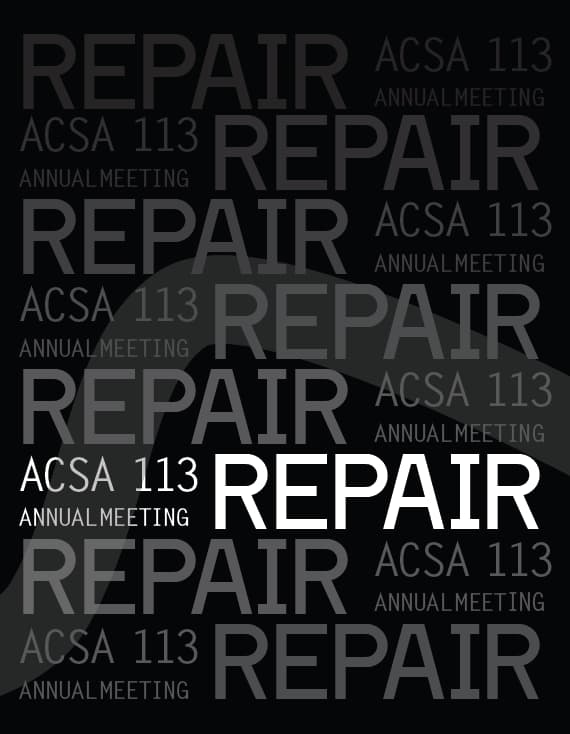Author(s): A. Gray Read & Christopher Meyer
The forested lands in the southeastern United States account for approximately 40% of the nation’s 521 million acres of timberland, which translates to about 208.4 million acres in U.S. forestry region eight1. These timber stands primarily consist of softwoods, with various uses in wood markets including wood pellets, pulp, chip-in-saw products, and sawtimber. Long-term timber management strategies prioritizing low-grade fiber products may hinder the forest’s capacity to satisfy the lumber demands of construction markets, especially with the rise of mass timber and other solid wood product markets. Demonstration projects have long been employed to show¬case new processes, innovative materials, and creative ideas addressing contemporary issues. The MASS Haptic pavilion is a call to action for Florida and the greater Southeastern region to utilize local timber resources and manufacturing capabilities to build sustainable structures from renewable materials. This initiative responds to concerns about climate change, energy consumption, carbon emissions, resource management, and environmental degradation. Specifically, the pavilion explores the potential of using small-diameter timber, or deformed timber and timber stands affected by disease, as structural elements in buildings. It focuses on processes involved in utilizing low-grade timber—material that is unsuitable for the production of standard commer¬cial lumber—as the primary structural component in its roundwood form. The work of MASS Haptic is set against the backdrop of the Southern Yellow Pine (SYP) forest, which covers over 60 million acres in the Southeastern region of the United States, according to reports from the USDA U.S. Forestry Service. This forest consists of rapidly growing tree species, capable of producing straight timber suitable for dimensional lumber in approximately 15 to 25 years. Additionally, SYP forests also produce small-diameter trees that are often bent, twisted, or crooked, making them suitable primarily for the production of pulp, paper, cardboard, or fuel. The design and construction of the MASS Haptic pavilion aims to utilize timber identi¬fied as unsuitable for producing solid lumber or engineered structural products. The goal of connecting locally sourced materials through forest processes is to educate students, faculty, and the greater Gainesville, Florida community about the forest’s potential. Repurposing low-grade timber offers economic, environmental, and energy benefits while rethinking possibil¬ities for long-term carbon storage. MASS Haptic explores the structural contributions of trees, focusing on the innovative repurposing of low-grade materials into high-grade products.
Volume Editors
Sara Jensen Carr & Rubén García Rubio
ISBN
978-1-944214-48-7

 Study Architecture
Study Architecture  ProPEL
ProPEL 
